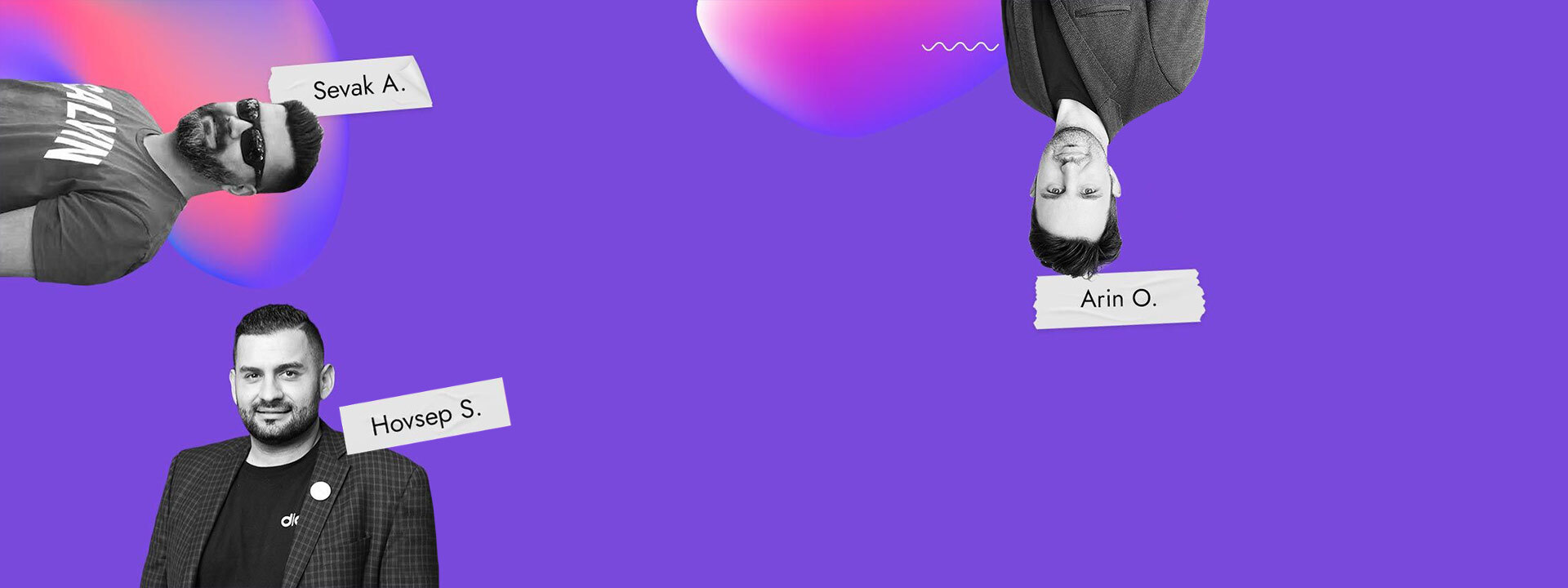Did you know that you can get 1,000 emails a week, but you only work 40 hours? Here’s how you can do it.
Recently I have come across an interesting article where Ted Serbinski – Guest Writer at Entrepreneur tells about his daily routines.
He is a father of three kids under the age of 3. He has a portfolio of 40+ startups. He has invested in and actively support. Each week, he receives 1.000 emails and takes 15-30 meetings.
So how does he manage this all without feeling overwhelmed? He has realized the key to managing overwhelm and now he shares 3 essential rules with us.
RULE 1: Start with the end in mind.
“Begin with the end in mind” is habit two from Stephen Covey’s book The 7 Habits of Highly Effective People. You can’t stay focused if you don’t know what you’re aiming for. Not knowing your priorities is the cause of overwhelm.
How he puts this into practice:
1. I am committed to achieving 10 goals each year.
“For the past three years, I’ve set aside time in December to reflect on the past year and decide what I want to accomplish in the next year. This reflection helps me keep focused throughout the year.
I started writing 10 goals a year in 2016. For me, I see recurrent themes around family, health, relationships, work and financial freedom. For 2018, I wrote a financial goal: “Reduce our spending by $500 each month by March 31, 2018.” When I wrote it, I had no idea how we’d do that with all of kids activities and our love for dining out. Well, that was December 2017, and by March 2018, that goal has been exceeded, closer to $600 a month now.”
2. I write out my day the night before.
” This practice has become one of my favorite habits. Each day, at the end of the workday, I review what I got done that day and plan for the next day. I set two to three big things I want to accomplish the next day, clean up my task/project list and re-commit to my calendar appointments. When I walk into the office in the morning, I’m ready to go, and I know exactly where to start.”
RULE 2: Find leverage with routines, habits and technology tools.
Simple habits and routines free up willpower for where it is needed most. They minimize decision fatigue so you have a more productive day.
How Ted puts this into practice:
1. I use email for communication, not task management.
“This practice was a very hard bad habit to break. Email is meant for communication. If you treat it as a task list, then anyone, at anytime, can add anything to your task list. It’s impossible to keep up with. So I started treating email for what it is: communication. And oh, I deleted email from my phone — I don’t always need to be in the communication mode.
The result of doing this was a massive reduction in stress and anxiety. Every time I’d open my inbox to complete a task, I’d see more emails. I’d get lost in responses and at the end of the day feel like I was busy but not productive.
Breaking this habit freed me from priorities of others so I could focus on what I needed to do. That little practice has compounded with time to yield tremendous results. How do I get so much done? Avoid email.”
RULE 3: Learn to say No.
No! Agree that it is so simple to write but it is terribly difficult to put into practice!
And here is how Ted found a way to put this into practice.
1. I review my life priorities and yearly goals each day.
Once you get clear on what you want, it becomes far easier to say no to everything else.
The enemy of great is good.
2. Each time I say yes, I remember I am also saying no to something else.
Consider this: Each time you say yes to something, you are inadvertently saying no to something else. That “yes” takes up time in your life and when that next opportunity comes up, you don’t have the time to say yes.
3. I often respond with “Sorry, I have a prior commitment.”
” When I first tried this, I was worried. People are going to get mad. They won’t like me. They will stop asking for me to speak, help or work with them. It turns out this was a false truth living in my head. People ended up respecting me for being clear about my priorities and boundaries. And the requests, well, it seems like I’m getting even more than ever being harder to reach. In the past year, after some self-reflection, connecting of the dots and new resources, I realized I was missing the whole point.
Overwhelm doesn’t need to hinder productivity.
The recipe for success is simple: Start with the end, establish habits and routines to get there, and don’t be afraid to say no to every request that doesn’t help you accomplish your goals.”





